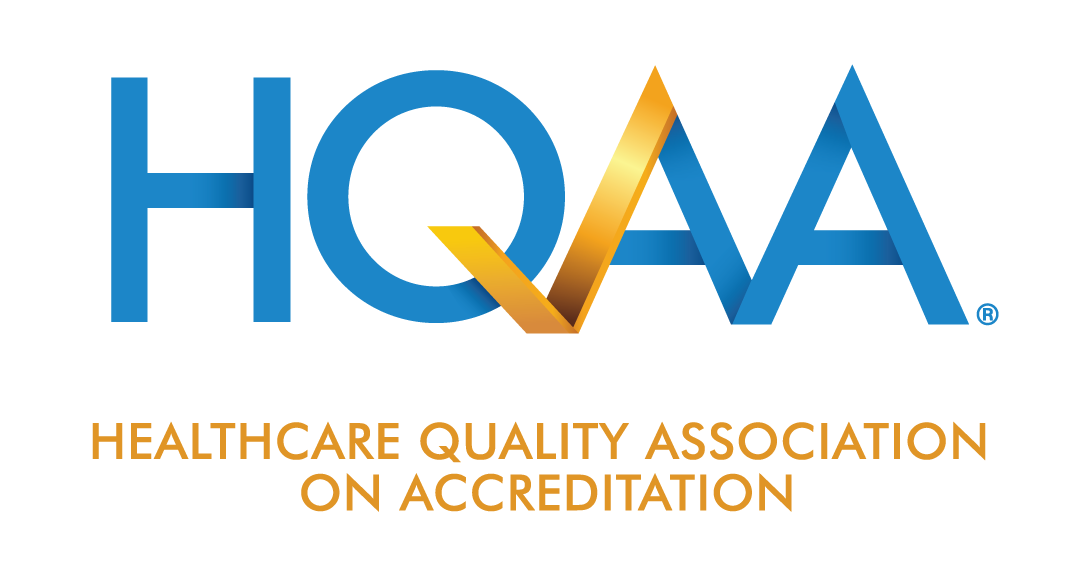 Think about this: In many/most cases, a patient’s first experience with -- and impression of -- your organization happens when they are set up on equipment and admitted to service. Thus, when your organization delivers equipment or supplies for the first time, or when your respiratory therapist sets up your respiratory device, or when a pedorthist “fits” someone for diabetic shoes, they are forming an impression that will be with them for a long time. It’s certainly possible they will talk to their friends and family about that experience.
Think about this: In many/most cases, a patient’s first experience with -- and impression of -- your organization happens when they are set up on equipment and admitted to service. Thus, when your organization delivers equipment or supplies for the first time, or when your respiratory therapist sets up your respiratory device, or when a pedorthist “fits” someone for diabetic shoes, they are forming an impression that will be with them for a long time. It’s certainly possible they will talk to their friends and family about that experience.
In terms of customer service, it goes without saying that you need to have staff that are helpful, sympathetic, knowledgeable, and friendly. Their customer service skills are as important as any technical knowledge or competencies they have and maintain. But what about that first round of paperwork you bombard your new customer/patient with at the time of admission? Does it help promote the favorable impression of your organization that you want to emphasize? How does it reflect on your organization? Is it cumbersome and awkward or sleek and efficient? Would you be proud to have your customer/patients show the paperwork to their neighbors and friends and family, or even their physician?
The “set up packet” we are talking about is a standardized and formal welcome to an organization. The components it should contain include:
- A “Welcome Letter” that introduces your organization to the new customer/patient. Although it is not required per se, it is a good idea to include a list of types of equipment, supplies, and services your organization can provide. The customer/patient and their caregivers should be aware of this in the event they need additional and different equipment. This is an excellent marketing opportunity for your organization.
- Hours of operation and information on the procedure for contacting the organization after hours.
- A delivery ticket or invoice that lists the delivered equipment and/or supplies and has pricing which explains financial responsibilities to the customer/patient.
- Customer rights & responsibilities/Medicare Supplier Standards.
- HIPAA / Privacy Practice Information.
- Product information such as a brochure from the manufacturer. This information should contain instructions on use and care of the equipment as well as equipment cleaning and maintenance.
- Home safety instructions—general & also specific to the product/service you are providing.
- Warranty information for the product they are receiving.
- An explanation of the complaint procedure and how they file a complaint if they have one.
The set-up packet can and should be compiled and ready to go. In fact, many companies will put together an equipment-specific, ready-made folder containing all the necessary information so they don’t need to scramble to put it together in the event of a new patient referral.
Not only should your organization provide the above information and items to the new customer/patient, you should also obtain a signed acknowledgement by the customer/patient or caregiver indicating they received and understand the information you’ve given them.
Applicable HQAA standards to review and ensure compliance with are:
PS 4 - Client/Caregiver Education, Training, and Safety: This standard addresses the educational process; in other words, the actual “act of educating.” In a nutshell, it says you educate the patient.
PS 6 - Client Medical Records: This standard states that you give the client educational materials appropriate to the equipment, supplies, and services you are providing. It also includes a requirement that your medical records contain “verification of receipt by the patient or caregiver, of all paperwork and educational materials, payment information, warranties, safety assessments, instructions, privacy policy, etc.” In a nutshell, PS 6 says that you maintain documentation that you educated the patient.
Make sure that your admission packet includes all the items mentioned in PS 4 and PS 6. However, beyond those standards, take your packet to the next level and use it as a marketing and public relations tool. Use it to put your company’s best foot forward and create a positive, favorable impression of who you are and what you do.


